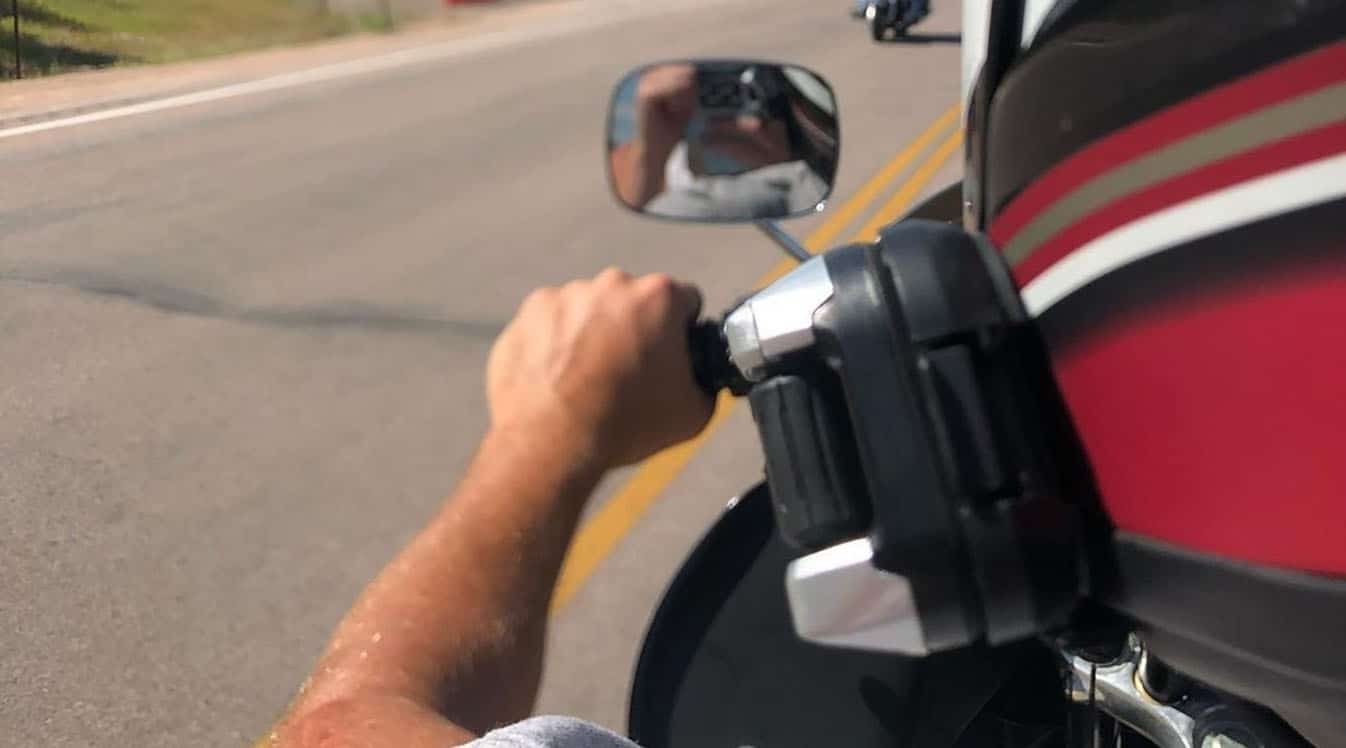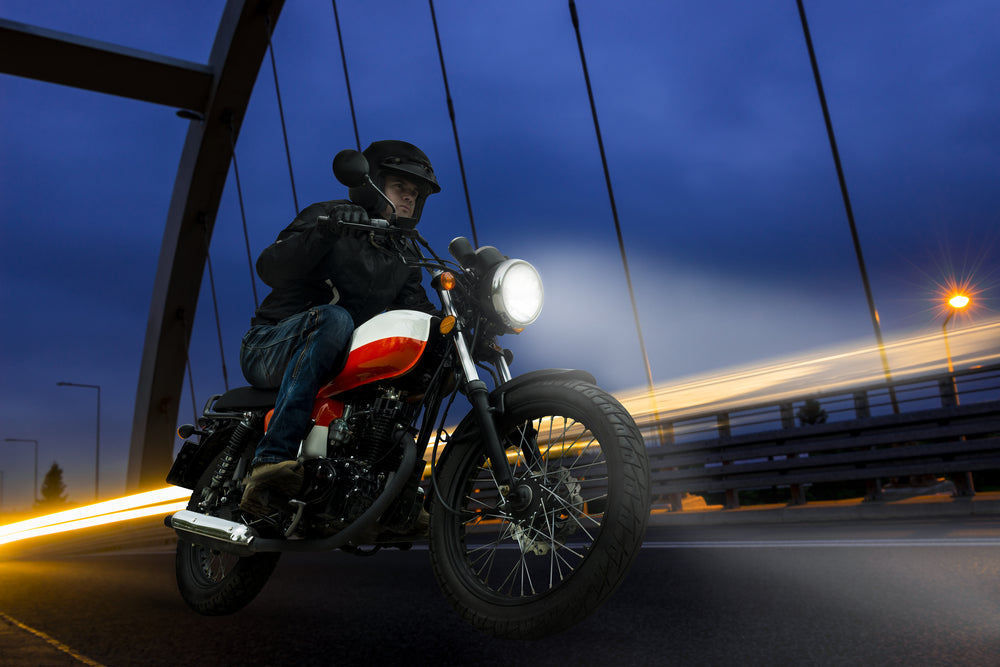ATV trail riding is all about enjoying and sharing natural spaces with your friends and family. But when you’re out on the trail, it’s critical to have a set of rules that everyone can follow to ensure that everyone has a safe and fun experience on the trail.
That’s why off-road ATV riders have developed a system of trail riding etiquette. From hand signals to the responsibilities of a leader to critical dos and don’ts, these guidelines help manage hazards and ensure respectful riding.
ATV Hand Signals
Oncoming ATV traffic is a fact of life on many popular ATV trails, so all riders need to know the special ATV hand signals used for oncoming traffic. When two groups of riders approach each other on the trail, the leader of each group will hold up their left hand to signal how many riders are coming after them, and each following rider will then do the same.
Five fingers mean five or more riders, four fingers mean four and so on. A fist held in the air is the last rider’s position signal. Thus, the leader of a group of six will hold up five fingers, and the rider behind them will also hold up five. The third rider will hold up four, the fourth rider will hold up three and the sequence will continue until the last rider holds up a fist.
These aren’t the only ATV hand signals you need to know. The full list of important signals includes signals like “slow down,” “oncoming riders,” “stop” and “obstacle.” To memorize them quickly, try setting a hand signal diagram as the lock screen on your phone or computer for a few days. Remember also that each rider is responsible for communicating a hand signal to the rider immediately behind them.
Leaders Gotta Lead
The leader of a group of ATV riders takes on some important responsibilities for the rest of the group’s safety. In particular, a leader is responsible for watching the trail for obstacles and oncoming riders, alerting them through hand signals that are passed back down the line. That’s why, when you’re on the trail with a larger group, every rider should ideally be able to see both the rider in front of them and the rider behind them, even if the front and back of the group are some distance apart.
Other responsibilities of the leader include:
- Choosing trails that are appropriate for everyone’s skill level
- Navigating and keeping landmarks in mind
- Keeping track of all riders and making sure everyone’s still with the group
- Choosing when to stop and take breaks
One tool that can make a leader’s job much easier is an ATV helmet communications system. These wireless communication devices make it simple to communicate with other members of the group. The best ATV helmet communications systems, like the Cardo Packtalk Bold and the Cardo Freecom series, even offer hands-free voice command operation that lets you chat, alert other riders to obstacles and even play music without ever taking your hands off the bars.
Respecting the Landscape
Remember that appreciating the natural environment is one of the main reasons that people enjoy off-road riding—so respect that environment in every way you can:
- Don’t damage plants and landscaping by riding off the trail.
- Give plenty of space to any animals that you encounter, as the sound of engines can agitate them and make them unpredictable.
- When possible, use your quad’s 4WD to go up a hill rather than two-wheel. Using two-wheel drive can create ruts in the trail from excessive tire spin, damaging the trail’s condition.
- Take any food wrappers and/or broken gear back with you. Littering damages both the environment and other people’s enjoyment of the trail.
Give Me a Break
It’s important to take occasional breaks when trail riding. A break approximately every hour gives everyone a chance to hydrate, eat a snack and stretch their legs, and gives the leader the opportunity to take stock of the group and make sure that no one is missing or injured. Some riders like to take a break 15 minutes after the start of the ride so that any major gear problems can be ironed out before the group gets too far from home base.
No matter where you’re riding or who you’re riding with, following ATV trail etiquette will help make everyone’s ride better. If you’re unsure of the proper etiquette when heading out for a ride, ask a friend who’s experienced in off-roading, and make sure to check the trail’s specific instructions before you head out.





